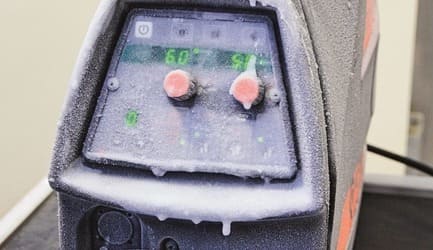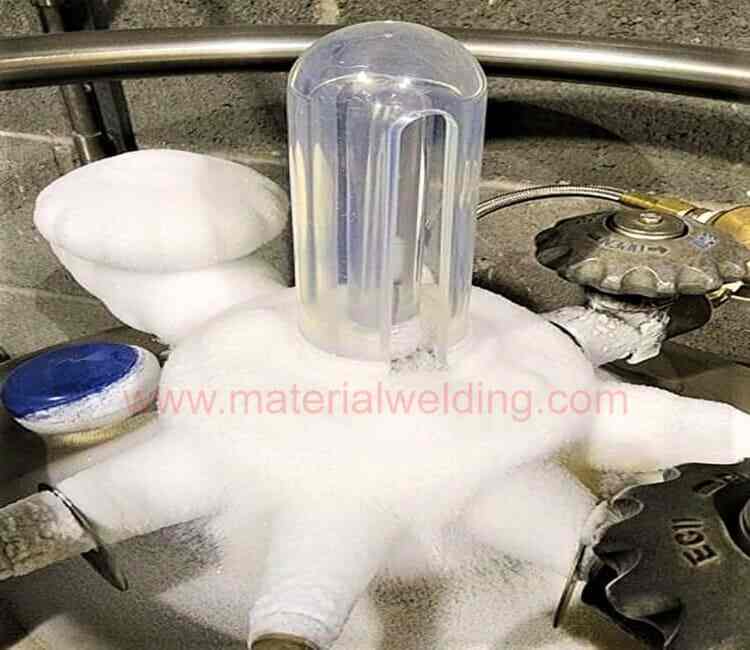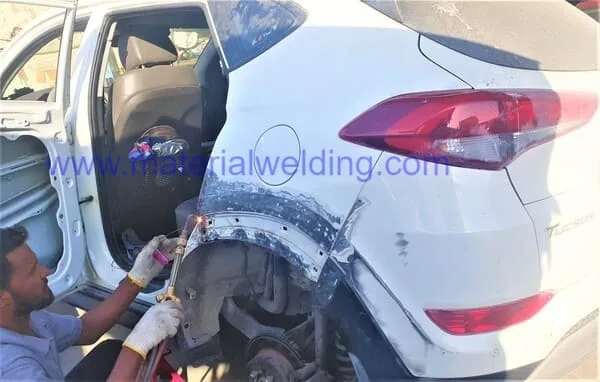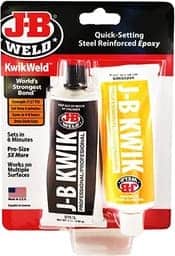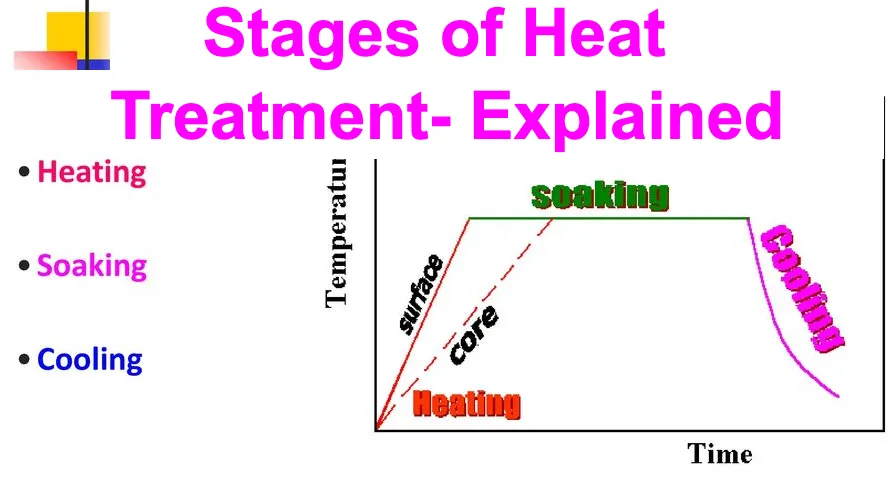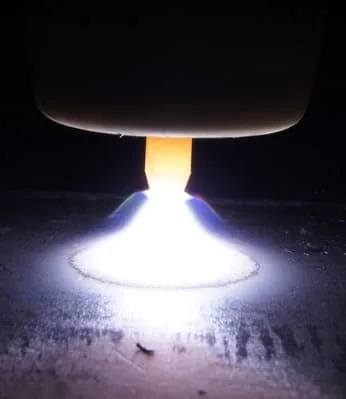Can you do Welding in Freezing (Subzero) Temperature?
Cracks can form if the weld seam cools down too quickly, even at room temperature. With TIG, MIG/MAG and MMA welding, this temperature difference does not play a major role.
Note that the automatic helmet can have problems with the LCD elements at low temperatures from around -10°C . Add antifreeze to water-cooled hosepacks . In addition, you should make sure that you allow your welding machine about 1 hour to acclimatize when you enter the warm workshop .
Otherwise condensation can form in the device. This condensation can cause short circuits and irreparable damage. In addition to the protective measures for the device and workpiece, you should protect yourself from frostbite.
For a pleasant working atmosphere, we recommend lined welding protective clothing such as lined welding gloves and a winter hood in cold weather
Must Know: You should be careful when you immerse the just welded workpiece in cold water. Water cools down the workpiece much faster than air.
Checklist for welders to Weld in Cold Weather/ Snow
- Make sure that your weld does not cool down too quickly.
- At temperatures from around -10°C, problems with the LCD elements of your automatic welding helmet can occur.
- Add anti-freeze to your water-cooled hosepack.
- If you come into the warm workshop from outside in low temperatures, allow your welding machine 1 hour to acclimatize.
- Protect yourself from frostbite with lined protective clothing.
AWS cold Weather Welding Guidelines & Recommendations
Welding in colder weather can be more difficult due to the lower temperatures. To ensure weld quality and safety, AWS D1.1 provides guidelines for welding in cold weather.
As specified in AWS D1.1, the minimum temperature of base metals for welding shall be 32°F (0°C), but if it is less than 32°F (0°C), then preheat until the base metal temperature reaches a minimum of 70°F (21°C).
Apart from this, low alloy steel or any other high carbon/ high alloying material shall be heated to higher preheat temperature as required for that specific alloy.
The following are some additional cold weather welding tips:
- When possible, weld in an area that is sheltered from the wind.
- Wear appropriate clothing including a hat, coat, gloves, and boots.
- Use a welding shield to protect your face from the heat and sparks.
- Make sure the electrode wire is properly insulated and kept dry.
- Keep the welding machine parts clean and free of ice or snow.
- Low hydrogen electrodes must be properly baked before welding in such conditions.
What should be Minimum Welding Temperature?
The minimum welding temperature shall be 32°F (0°C) according to the AWS D1.1 structural welding code.
This is applicable for carbon steel, stainless steel as well as other materials that has to be fusion welded (using Stick welding, TIG Welding, MIG-MAG Welding, FCAW or SAW, etc., for example).
Note: This temperature is applicable for base metal temperature that has to be welded and not for surrounding temperature.
Another requirements related to Code or Standards that specifies the minimum welding temperature or minimum preheat temperature before welding are specified in EN-1011-2 for different alloys.
As a rule, the minimum base metal temperature shall be more than 32°F (0°C) & must be preheated according to the minimum preheat temperature requirements for each material type.
Welding Mild Steel in Cold Weather
Welding mild steel in cold weather can be a challenge. The American Welding Society (AWS) D1.1 welding code has specific requirements for welding mild steel in cold weather.
The minimum temperature for welding mild steel is 32°F (0°C). If the temperature is less than 32°F (0°C), the weldment must be preheated until it reaches a minimum of 70°F (21°C) or ambient temperature.
Effect of temperature on the welding inverter
Low temperatures can affect not only metals, but also welding inverters. One of the main enemies of this technique is moisture.
Its appearance inside the device can lead to the shorting of electronic components and their failure. Low temperatures under certain conditions can contribute to the formation of condensation in welding inverters.
Dew point
In this regard, it is important to recall the concept of dew point. In fact, this is the maximum surface temperature at which moisture appears on it in the form of condensation.
In another way, this statement can be rephrased as follows: if the surface is colder than the dew point, then condensation will fall on it.
This value is not constant and directly depends on humidity. The higher it is, the closer the dew point is to the actual temperature.
For example, in the shower at one hundred percent humidity, the mirror fogs up at room temperature. The situation is reversed in a sealed double-glazed window unit. There, the humidity is close to zero, so condensation is never observed.
In a welding inverter, moisture can condense only in one case: if it has stood for some time in the cold, and then got into a warmer room.
In such a situation, it is strictly forbidden to use it immediately. The inverter should stand for one and a half to two hours so that its temperature is equal to the ambient temperature, and the resulting condensate evaporates.
If the device is taken out of a warm room in the cold, condensation cannot form in it and this will not affect the performance of the device.
How to perform welding work in frosts?
In general, welding work at a temperature not lower than -10 ° C can be performed with conventional household inverters without any negative consequences for the quality of the seams, the strength of the joints or the performance of the equipment itself.
In more severe frosts, semi-professional or professional models specially designed for operation at low temperatures should be used. They are equipped with electronic elements that are resistant to cold.
In addition, it is necessary to highlight several activities that are recommended to be performed when carrying out welding work in the winter:
- If possible, avoid intersections of welds and sharp transitions of metal thicknesses.
- Welding work should begin with seams that give maximum shrinkage (butt).
- Minimize the volume of deposited metal.
- During operation, the welding current should be increased by 10-15% and at the same time by about the same amount to reduce the travel speed of the electrode.
- If possible, start and finish welding on the run-on and run-off plates.
- Carefully clean the edges of the welded elements.
- Use types of electrodes that are not prone to the formation of pores that provide high ductility of the seams. Before use, they must be thoroughly baked.
Effect of negative temperatures on the welder
Negative temperatures can affect not only metals or machinery, but also welders directly. The ability to work in such conditions decreases, which means that the risk of defects increases.
The best way to avoid such a situation is to use special winter protective clothing. Welding helmets deserve no less attention.
